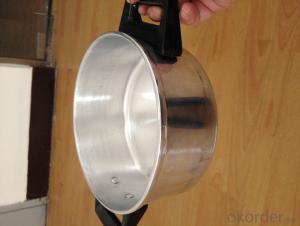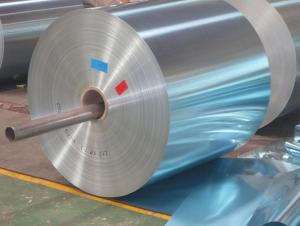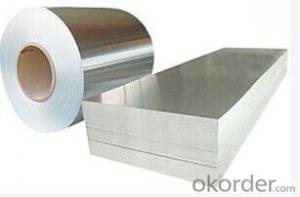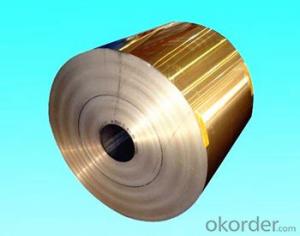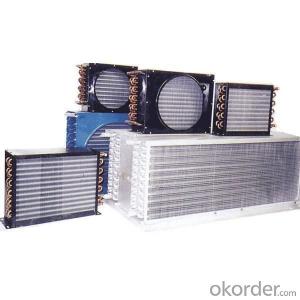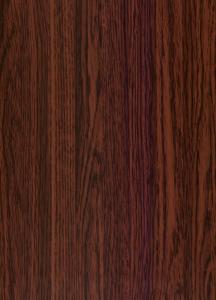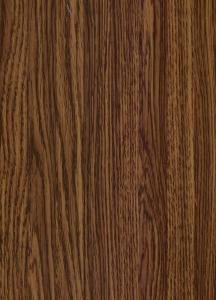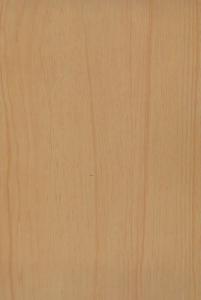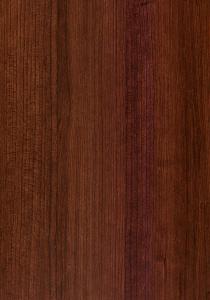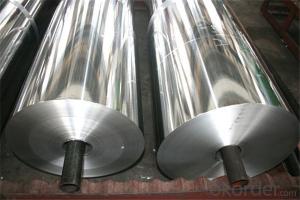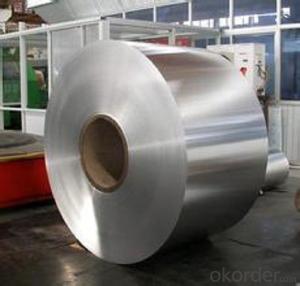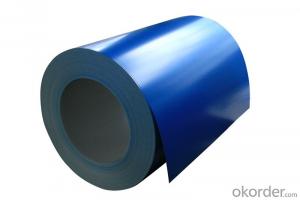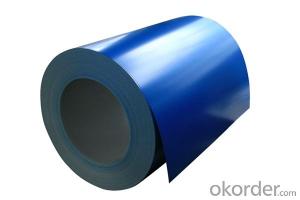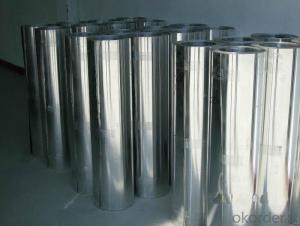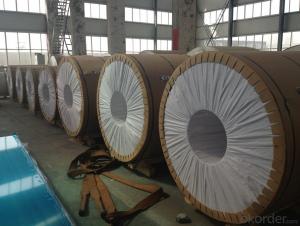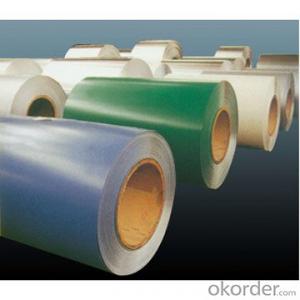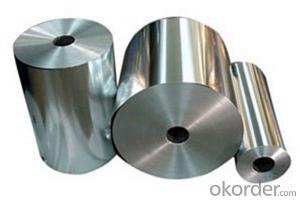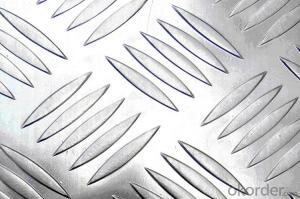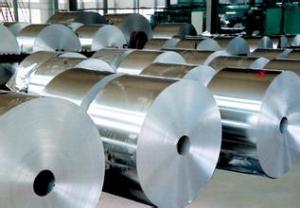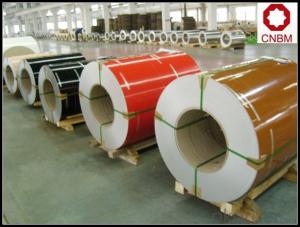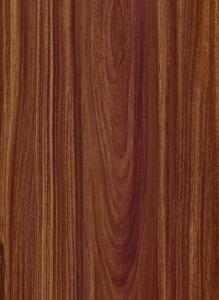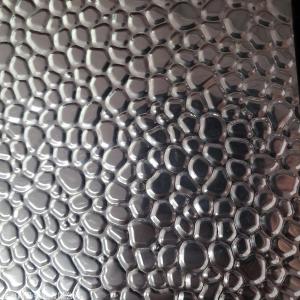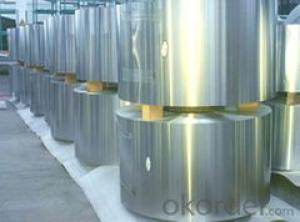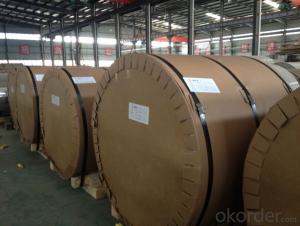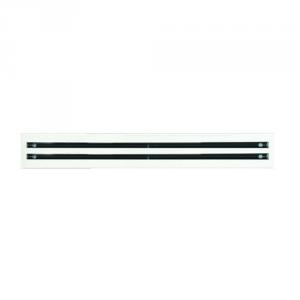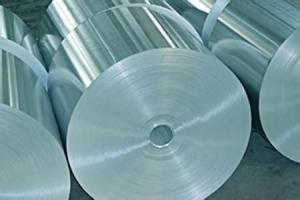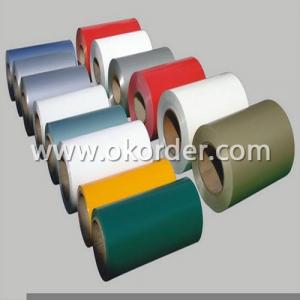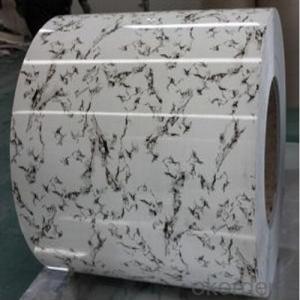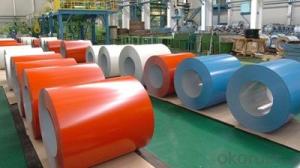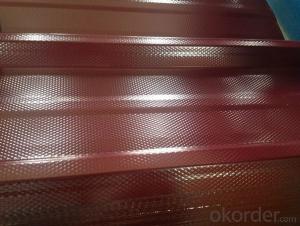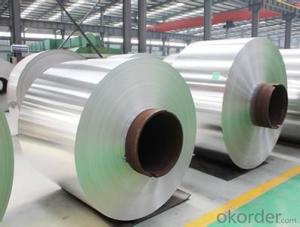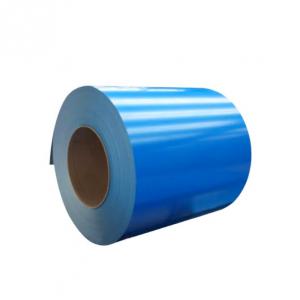Air Conditioner Aluminum Coil
Air Conditioner Aluminum Coil Related Searches
Aluminum Ac Coil Aluminum Evaporator Coil Aluminum Alloy Coil Aluminum Wire Coil Aluminum Condenser Coil Aluminum Copper Coil Copper Aluminum Coil Aluminum A Coil Coil Aluminum Anodized Aluminum Coil Aluminum Tubing Coil Aluminum Coil Pipe Home Depot Aluminum Coil Aluminum Roof Coil Buy Aluminum Coil Coil Coating Aluminum Aluminum Siding Coil Color Coated Aluminum Coil Powder Coated Aluminum Coil Alcoa Aluminum Trim Coil Trim Coil Aluminum Copper Colored Aluminum Coil Aluminum Strapping Coil Coil Holder Aluminum Polished Aluminum Coil Colored Aluminum Coil China Aluminum Coil Vinyl Coated Aluminum Coil Aluminum Tube Coil Pvc Aluminum CoilAir Conditioner Aluminum Coil Supplier & Manufacturer from China
Air Conditioner Aluminum Coil is a type of heat exchanger component that plays a crucial role in the cooling and heating systems of various air conditioning units. These coils are designed to efficiently transfer heat between the refrigerant and the air, ensuring optimal performance and energy efficiency. The aluminum material used in these coils offers excellent thermal conductivity, lightweight properties, and corrosion resistance, making it an ideal choice for air conditioning applications.The Air Conditioner Aluminum Coil finds its application in a wide range of scenarios, including residential, commercial, and industrial settings. It is commonly used in window units, split systems, and central air conditioning systems to maintain comfortable indoor temperatures. The coils are responsible for dissipating heat from the refrigerant, which is then expelled into the surrounding environment, thereby cooling the space. In heating mode, the process is reversed, with the coils absorbing heat from the environment and transferring it to the refrigerant for distribution within the building.
Okorder.com is a leading wholesale supplier of Air Conditioner Aluminum Coil, boasting a vast inventory to cater to the diverse needs of customers worldwide. With a commitment to quality and customer satisfaction, Okorder.com ensures that the coils they provide meet the highest industry standards. Their extensive range of products allows customers to find the perfect fit for their specific air conditioning systems, whether it's for replacement, repair, or new installations.
Hot Products
